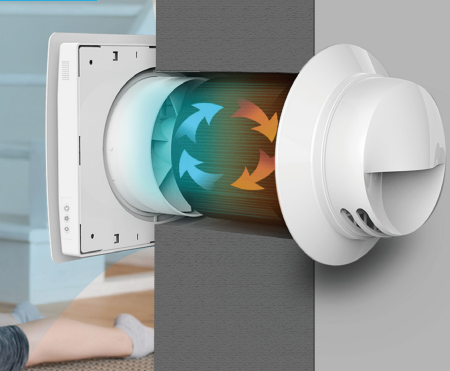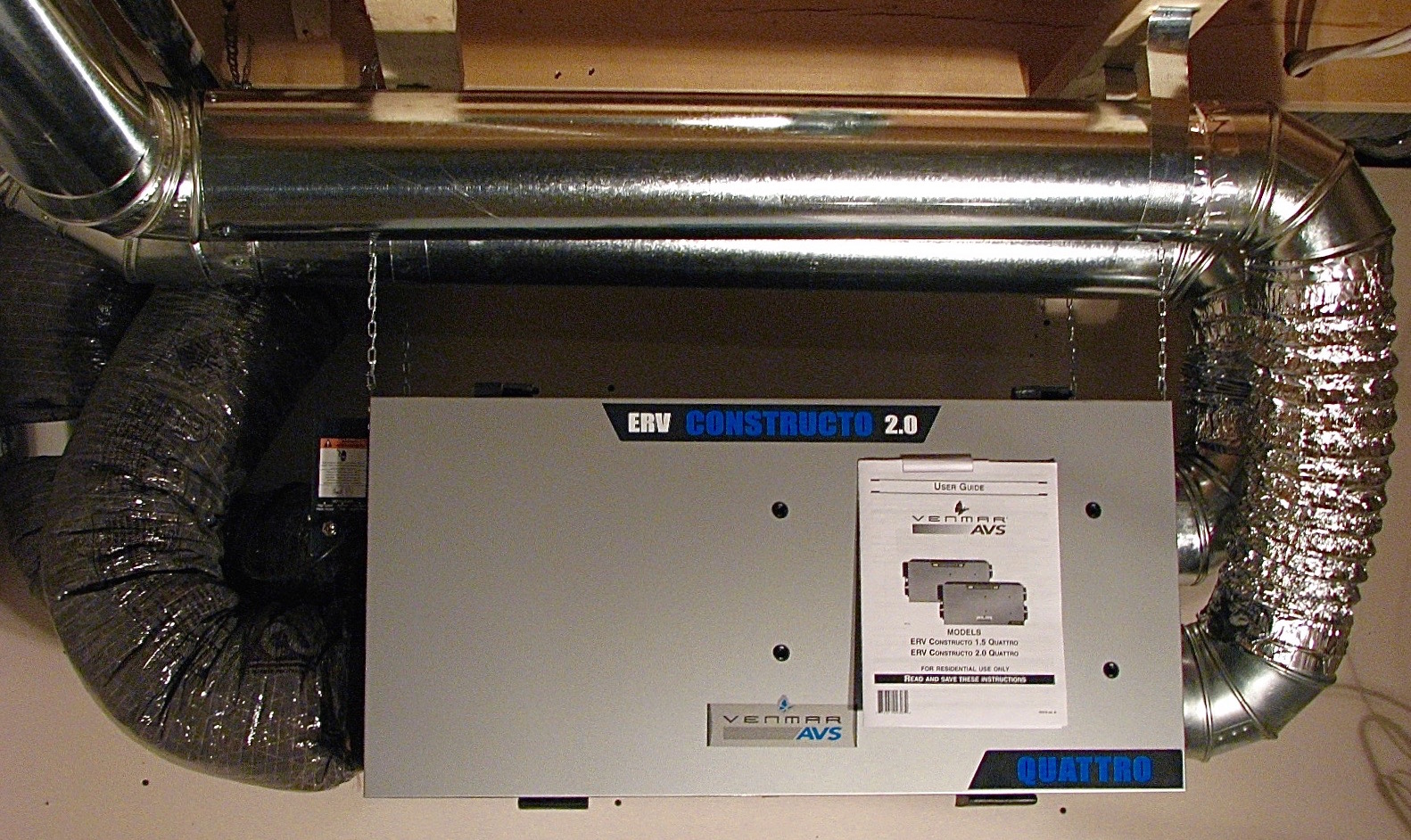HRV vs Other Ventilation Systems: Which Is Best
Wiki Article
Checking out the Benefits of Heat Recovery Ventilation for Power Effectiveness in Houses
Heat Recovery Ventilation (HRV) systems use homeowners a functional technique to enhancing energy effectiveness. By recovering heat from outward bound air, these systems can considerably decrease heating and air conditioning expenses. Additionally, they offer a stable supply of fresh air, boosting interior air quality and convenience levels. As house owners think about sustainable choices, understanding the subtleties of HRV systems becomes progressively important. What aspects should one evaluate prior to making such a financial investment?Understanding Heat Recovery Ventilation Systems

Exactly How HRV Enhances Indoor Air Quality

Power Financial Savings: The Financial Benefits of HRV
Making the most of energy click for source effectiveness, heat recovery ventilation (HRV) systems provide substantial financial benefits for house owners. By recuperating and recycling warm from exhaust air, HRVs substantially minimize heating & cooling expenses. This modern technology can bring about energy financial savings of approximately 30%, depending on environment and important source use patterns. Homeowners commonly notice decreased energy bills soon after installment, making HRVs a monetarily wise financial investment gradually. In addition, numerous regions supply incentives or discounts for energy-efficient upgrades, even more boosting the monetary appeal. As power prices remain to climb, the cost-effectiveness of HRVs comes to be progressively clear. In general, the unification of HRV systems not only promotes power performance but likewise adds to lasting monetary cost savings for families.The Ecological Influence of Heat Recovery Ventilation
A considerable environmental advantage of heat recovery ventilation (HRV) systems hinges on their capacity to minimize general energy usage. By recovering warm from exhaust air and transferring it to inbound fresh air, HRV systems lessen the requirement for energy-intensive heating and cooling down techniques. This reduction in energy need adds to reduce greenhouse gas discharges, as less fossil gas is needed to maintain comfortable useful site interior temperature levels. Furthermore, HRV systems boost indoor air quality by effectively trading stale air with fresh exterior air, minimizing dependence on mechanical cooling systems that can hurt the atmosphere. On the whole, the execution of HRV systems sustains lasting living practices and lines up with worldwide efforts to combat environment adjustment by promoting power efficiency in domestic settings.
Choosing the Right HRV System for Your Home
Just how can home owners assure they select the right heat recovery ventilation (HRV) system for their needs? They need to analyze their home's size and format, as these variables affect airflow requirements. Next off, evaluating the system's performance scores is vital, as higher scores indicate far better efficiency and power cost savings. Property owners should likewise take into consideration installation and maintenance costs, comparing different brands and versions for worth. Furthermore, it is essential to evaluate noise levels, as some systems run more silently than others. Consulting with a/c specialists can provide customized referrals based upon certain home problems. Examining customer reviews and warranties can assist in making an educated choice, guaranteeing that the chosen HRV system successfully enhances indoor air top quality and power performance.Often Asked Inquiries

Just how Usually Should I Clean or Keep My HRV System?
The regularity of cleansing or maintaining a warmth recuperation air flow (HRV) system commonly depends upon usage and environmental variables. Generally, it is recommended to perform upkeep every 6 months to ensure peak performance and air quality.
Can HRV Systems Assist Lower Humidity Degrees Inside?
HRV systems can effectively reduce interior humidity degrees by trading stagnant, moist air with fresh, drier air from outdoors. HRV Heat Recovery Ventilation. This process helps keep a well balanced interior environment, enhancing convenience and stopping moisture-related concerns
What Is the Life-span of a Typical HRV System?
The lifespan of a normal heat recovery ventilation (HRV) system varies, typically lasting in between 10 to 15 years. Normal maintenance can expand its performance and functional life, making sure peak efficiency throughout its usage duration.Are There Any Sound Worry About HRV Solutions?
Noise issues with HRV systems can emerge, specifically from follower operation. Numerous modern-day systems are created to decrease sound levels, ensuring they operate quietly while keeping effectiveness, which deals with possible disturbances in living environments.Can I Mount an HRV System Myself, or Do I Required an Expert?
The specific contemplated whether to mount the heat recovery ventilation (HRV) system directly or work with an expert. Generally, while DIY installment is possible, knowledge warranties appropriate functionality and conformity with regional structure codes, boosting system effectiveness.Report this wiki page